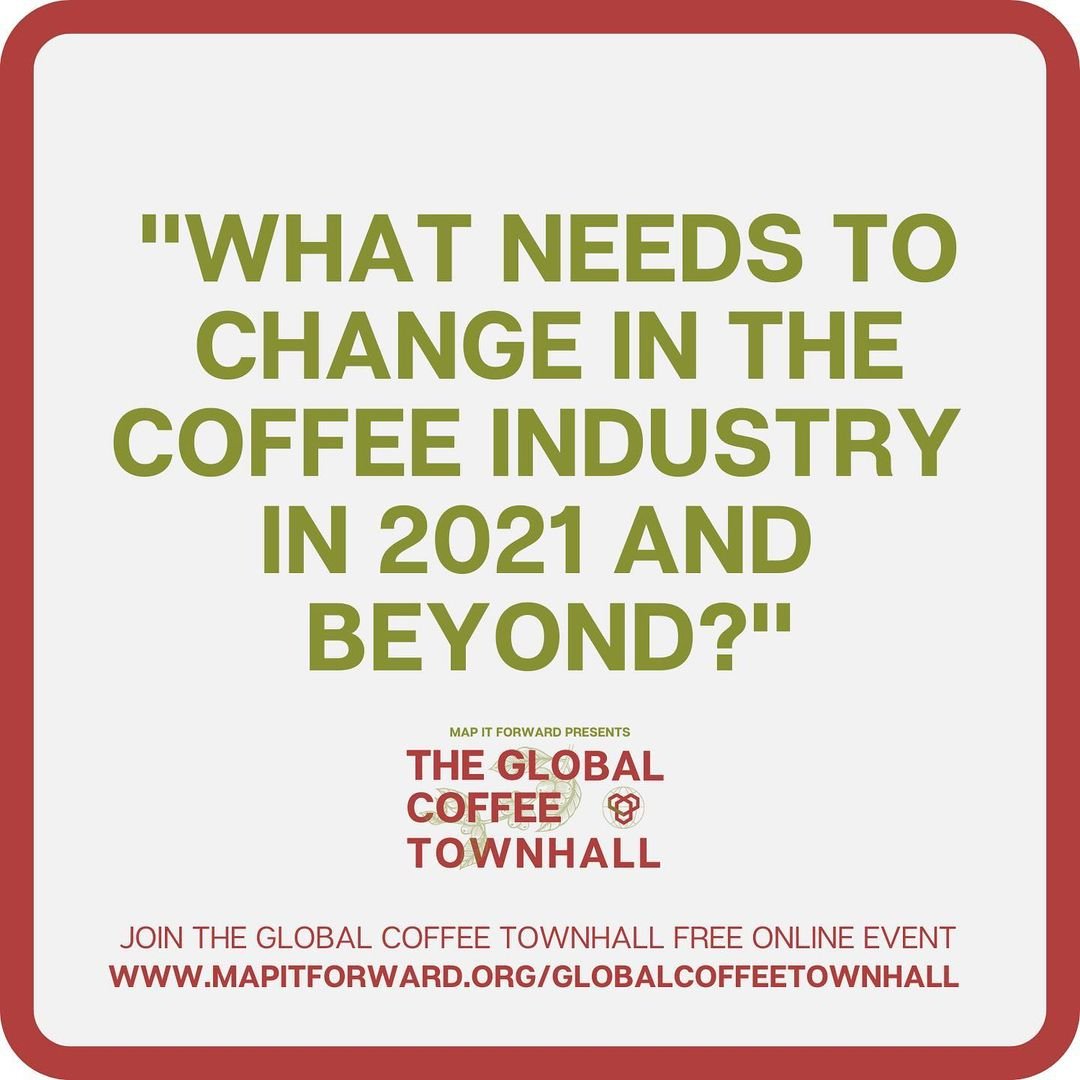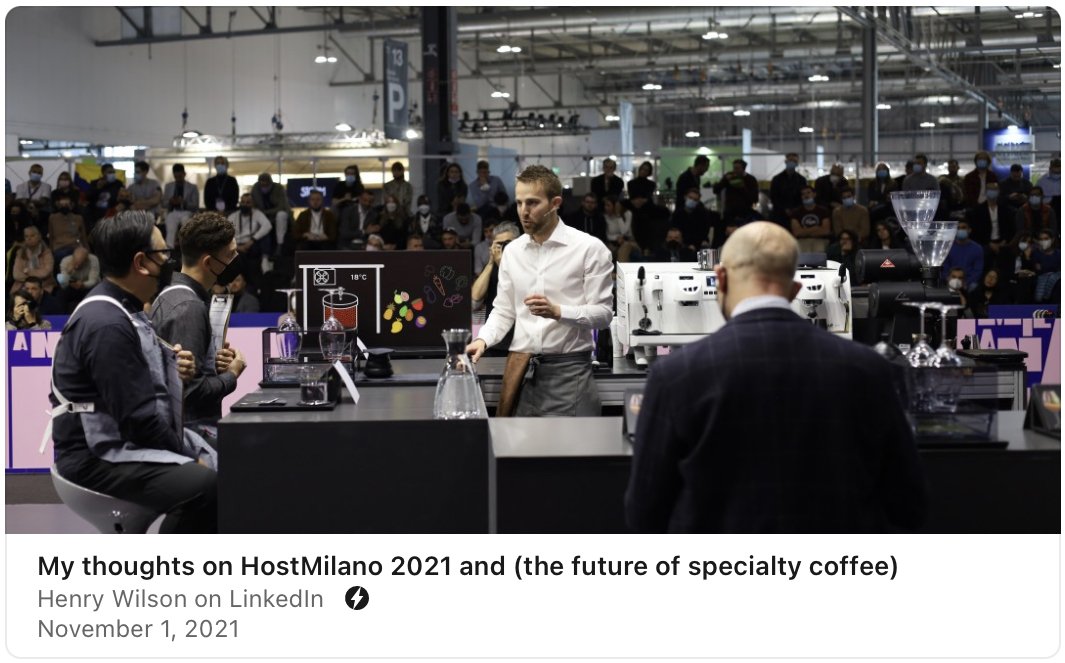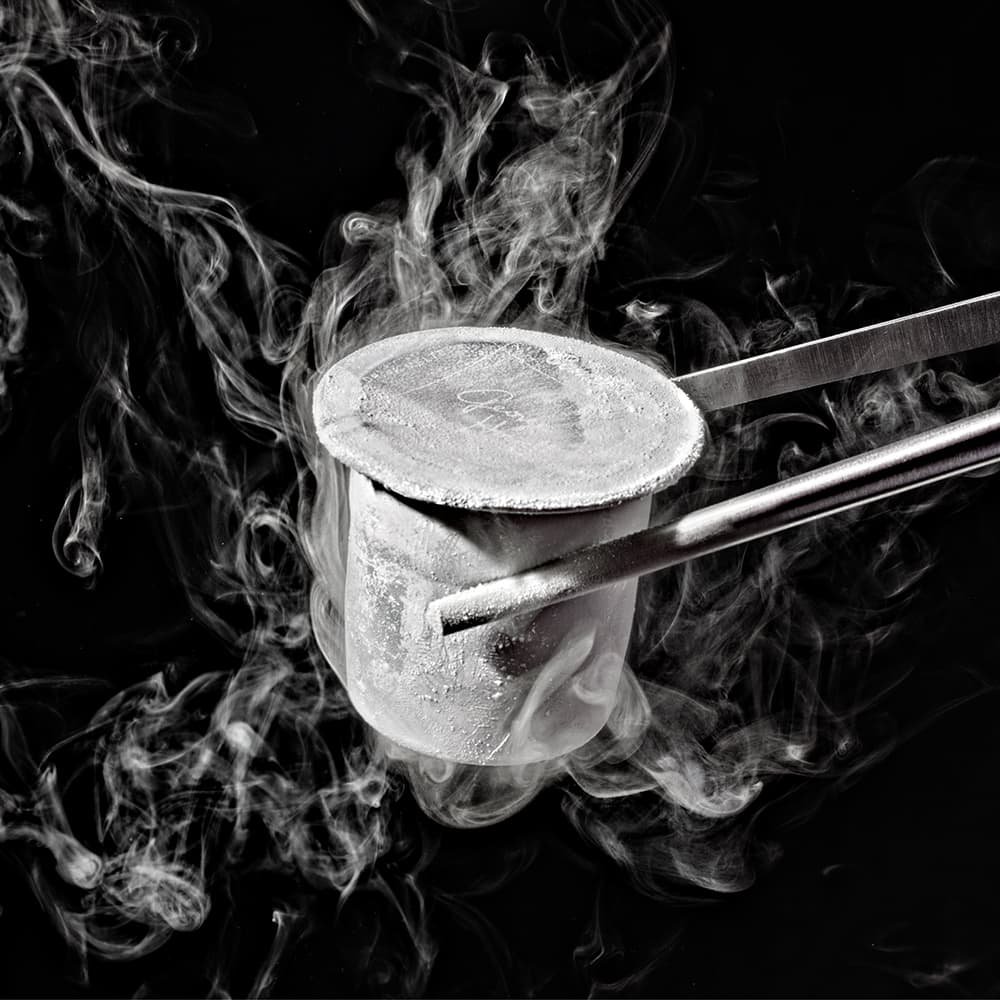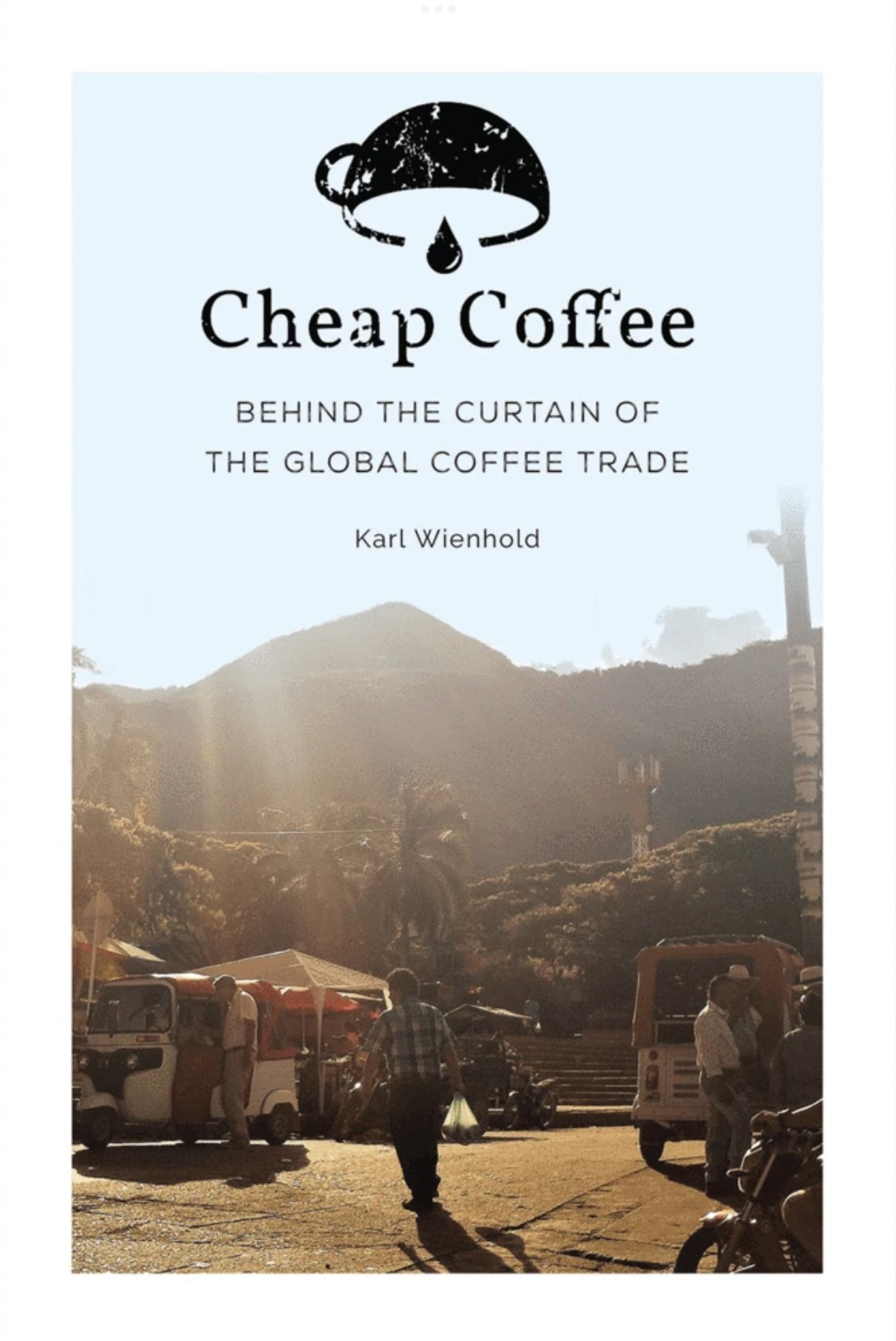Thoughts About The Global Coffee Townhall 2021
Global Coffee Townhall 2021
What is The Global Coffee Townhall? This was a live event by MAP IT FORWARD where all parties involved in the coffee value chain: producers, agronomists, importers, exporters, roasters, baristas and cafe owners, discussed a very important question, "What needs to change in the coffee industry in 2021 and beyond?"
A total of 600 people attended the discussion live. You can watch the recording on Youtube here. This is bound to become an annual event. This event took place last month but I couldn’t post it earlier since I have been busy with work. Better late than never, I guess.
I have been thinking about some of the discussions that were thought-provoking and a lot has to change in our industry for results to show. This was a two-hour discussion and I’ll highlight some of the major topics below. But first, an introduction to MAP IT FORWARD.
Lee Safar created MAP IT FORWARD after she was swamped with messages and emails about making the barista line of work more sustainable, when she was featured on The Coffee Podcast in 2017. She is also the founder of Elixir Specialty Coffee in Australia.
The focus is to provide mentoring by top coffee professionals. Many of the programs will be taught by Lee herself and the likes of Ante Bikic, and Scott Rao, to name a few. Focus will be on networking, planning, goal setting, continuous learning, stress management etc.
One of the courses which got my attention is Becoming a Paid Coffee Consultant. This is something I want to end up doing at some point. Other courses listed here.
Picture Credit: MAP IT FORWARD
Coming back to the Townhall, the moderators for this event was Lee Safar and Madeleine Longoria. She is co-owner of Pacific Coffee Research in Hawaii. Judith Ganes, President at J. Ganes Consulting and Nawar Adra, founder of Stitch Coffee in Australia, were other notable figures part of this discussion.
Coffee contracts to help the buyer and the seller
In a bull market, producers that sold at low prices wished that they could take advantage of the rising prices. Defaulting on contracts can hurt other stakeholders in the coffee value chain. There has to be a better understanding of contracts. Specific clauses in the contract should aim to help instead of hurting the buyer and the producer. ِِِِEspecially when the market conditions are rocky.
If you are a beginner like me and want to understand the gist of a coffee contract, this blog post by Trabocca breaks it down for you.
Educating the consumer
A large part of the discussion was about communicating with the consumers on the increasing price of coffee. Production costs at the farm level are increasing and is bound to become higher.
The price of fertilizers has gone up, the cost of shipping and logistics is at an all time high and delays unprecedented thanks to the disruption caused by COVID-19. All this amounts to a staggering 30-50% increase in production.
The producers, buyers, roasters and the cafe owners are absorbing these costs without transferring to the consumer. We have to ask ourselves, “who is responsible to teach the consumers that the cost of producing coffee is increasing?”
And then, there’s another issue. Coffee is referred to as coffee even when it can be further segregated to instant, commercial, specialty etc. Brands like Nestle are at the forefront, defining to the consumer what coffee is. It’s hard to overlook this since they are cheap and available widely, and focused on convenience.
Xavier Garcia, a consumer in this discussion, shared a story about a conversation he was listening to in a plane about which coffee to buy. He believes that people who are flying into coffee-producing countries can benefit by an educational video about coffee and the farmers. This helps spread the message.
Henry Wilson, founder of Perfect Daily Grind, highlighted some of the major trends that he spotted during his visit to HostMilano 2021. He noticed that the topic of transparency, direct trade, and sustainability has reduced. “Education” is now the buzz word and is becoming popular with many brands.
Experimental coffee is trending
The trend has shifted to experimental processed coffee undergoing complex methods of fermentation. The “everyday drinking coffee” is forgotten. Well, sort of.
The more traditional processed coffee forms the backbone of our niche industry as many will not understand the cost factor behind the super-expensive coffee.
Here in the Emirates, most of the experimental lots are enjoyed by the local population at large. They are willing to pay for the unique taste and experience.
Convenience and sustainability are driving factors with consumers
Nawar added that convenience is a major factor for many consumers to brew easily at home especially during the lockdown.
Pods, brew bags, drip bags and instant solutions are entering the specialty coffee scene in a big way. You can differentiate the winner when it comes to taste.
Compostable pods and environmentally friendly drip bags are available as solutions. Companies like Cometeer are focusing on reducing waste and using recyclable aluminum capsules.
Intercrop, diversify and increase your revenue
Farmers have to take advantage of new varieties that give higher yield and disease resistant. Replacing the older varieties with new can increase productivity on farms.
Farmers need to consider volume per hectare instead of price per pound. This translates to higher income based on higher productivity.
In a cafe, the owners maximize their income per square meter. They offer other things besides coffee like bagels, pastries, mugs, and other merchandise. They are maximizing their revenue by selling stuff other than coffee.
In Vietnam, producers are intercropping with other cash crops like pepper for eg. This helps increase revenue. If you are unable to change the economic cycle like the low prices of coffee, other solutions need have to be implemented to increase revenue.
Financial understanding for producers
Many producers do not understand the numbers and financial lingo as they are busy farming and don’t have the time. Lee is helping people read and understand profit and loss statements and cost breakdown analysis.
You don’t always have to resort to increase prices to increase revenue. Farmers have little to no financial awareness and often wait until tax time to find out how much they owe.
Two year production cycle
In Brazil, not every large farm is mechanized. They believe in traditional picking as this increases cup quality in comparison to mechanized harvesting. Small farms have to manage production costs by producing one year and resting the year after.
This way they limit spending on labor and manage costs on a two year cycle instead of one. This also results in higher yield when you are not producing for the year giving the crops good rest.
Demand more value for coffee
Carlos, producer, believes that most of the producers don’t pass on the increased costs, they absorb it. His argument is to stop working for free. Demand more value and pay more for your coffee.
The reality is that their clients and cafe owners start looking for alternative suppliers, if the roasters start increasing prices.
This is the case not only in the coffee industry but also in the construction industry where I am working since raw material prices are at an all time high.
What is the benefit of transparency to the consumer?
Roasters are still not sharing the cost of coffee they are buying and the margins they are making? Transparency has become a selling factor to differentiate from others. There’s a slow influx of people who are starting to care about the environment and sustainability than there was a few years ago.
Even if all the information is available, how can this be translated and communicated for the consumer to understand. This is key. It might make sense to a roaster and the cafe owner, but it doesn’t for most of the consumers.
A bag of coffee and a detailed label on it communicates nothing. Having all the information on the bag is great but instead overwhelms the consumer. Most coffee drinkers care about how it tastes and whether it can be brewed easily without complicating the whole process.
Lameen, From Coffee with Love, has done things a little different when it comes to labels. He chose to communicate with his customers translating coffee as the Drink of the Escapist.
Understanding and creating value for your target audience
The roaster and the coffee company can list great values but does it align with your target audience. Are we forcing all the information to the consumer? Perhaps the lack of information in commercial coffee works. If the consumer doesn’t care, then is it worth all the trouble after all?
What are similar industries employing to counter this? Can we borrow their ideas and values? The aim is to translate this information so that the consumer can make the purchasing decision. Providing foundational education is one thing but aligning their values with aspects of ethics and sustainability can influence to make the sale.
Allying with the commercial coffee industry
How can we bridge the commercial industry with the specialty industry and work together? It’s clear they have more impact with consumers. We have to look where the mutual interests align, instead of comparing between the two. Commodity coffee is the largest slice of the cake and we have to work together to make it more sustainable.
This discussion helped me understand how much potential this industry has. Slowly but surely, the issues are being resolved. I am going to start reading Cheap Coffee by Karl Wienhold to have an understanding of the green coffee value chain.
Did you watch the event? If so, I would love to know your thoughts. Share below and lets take the conversation forward.






